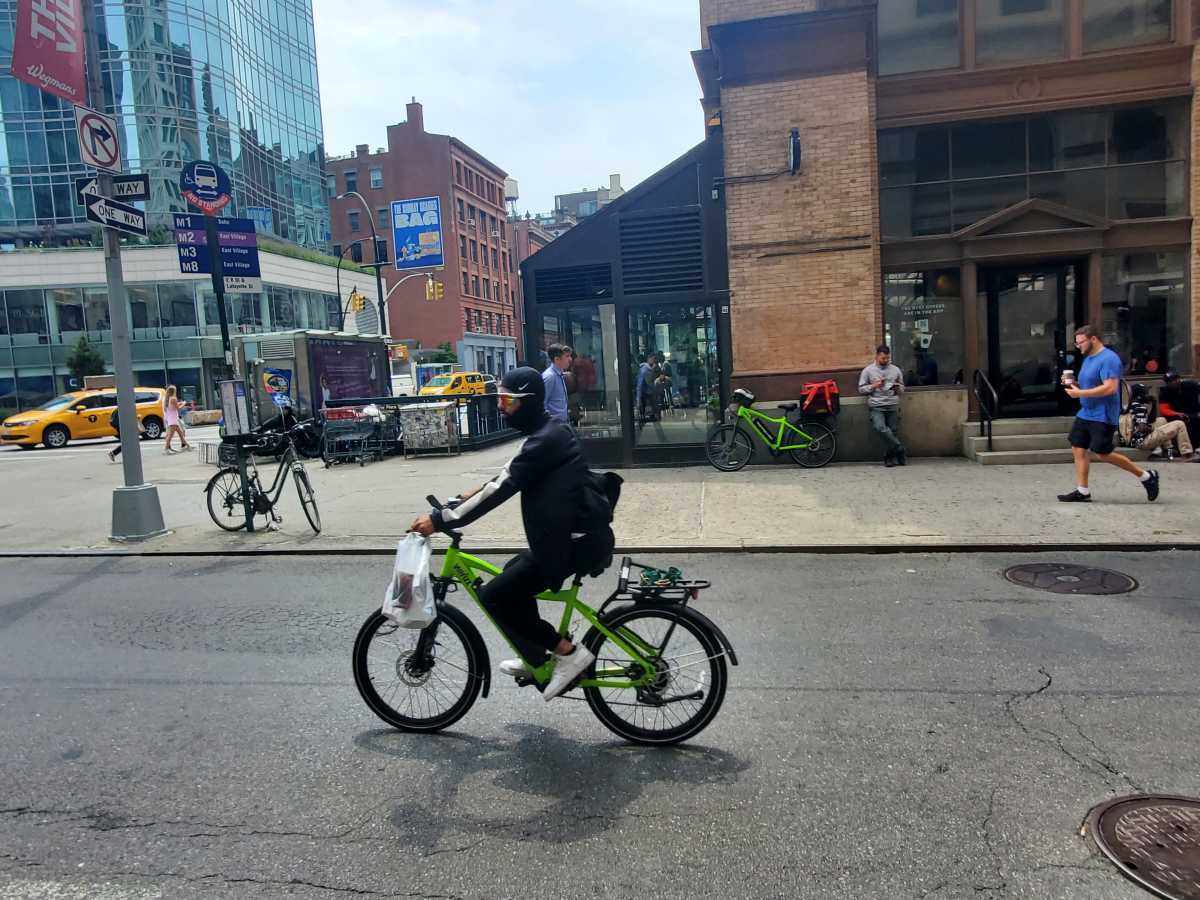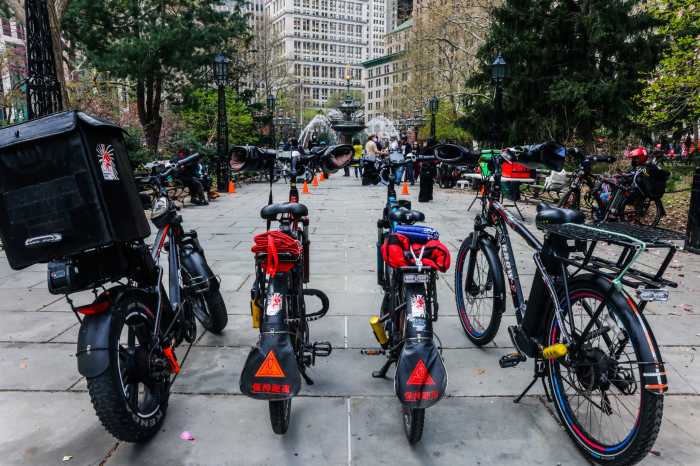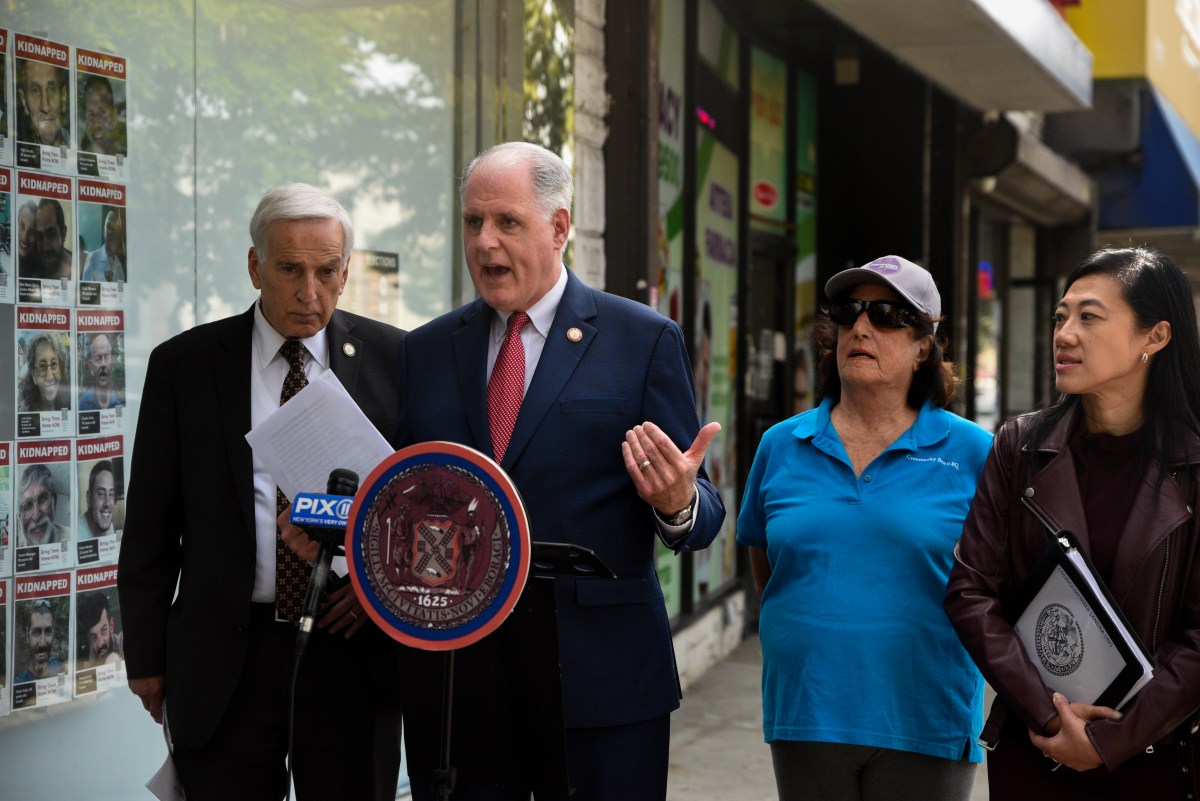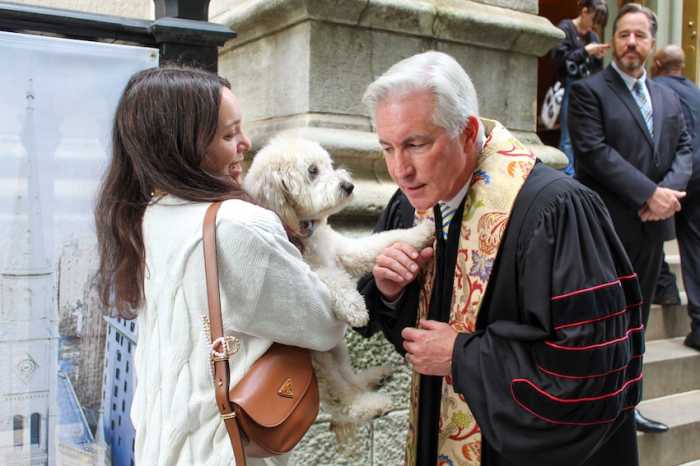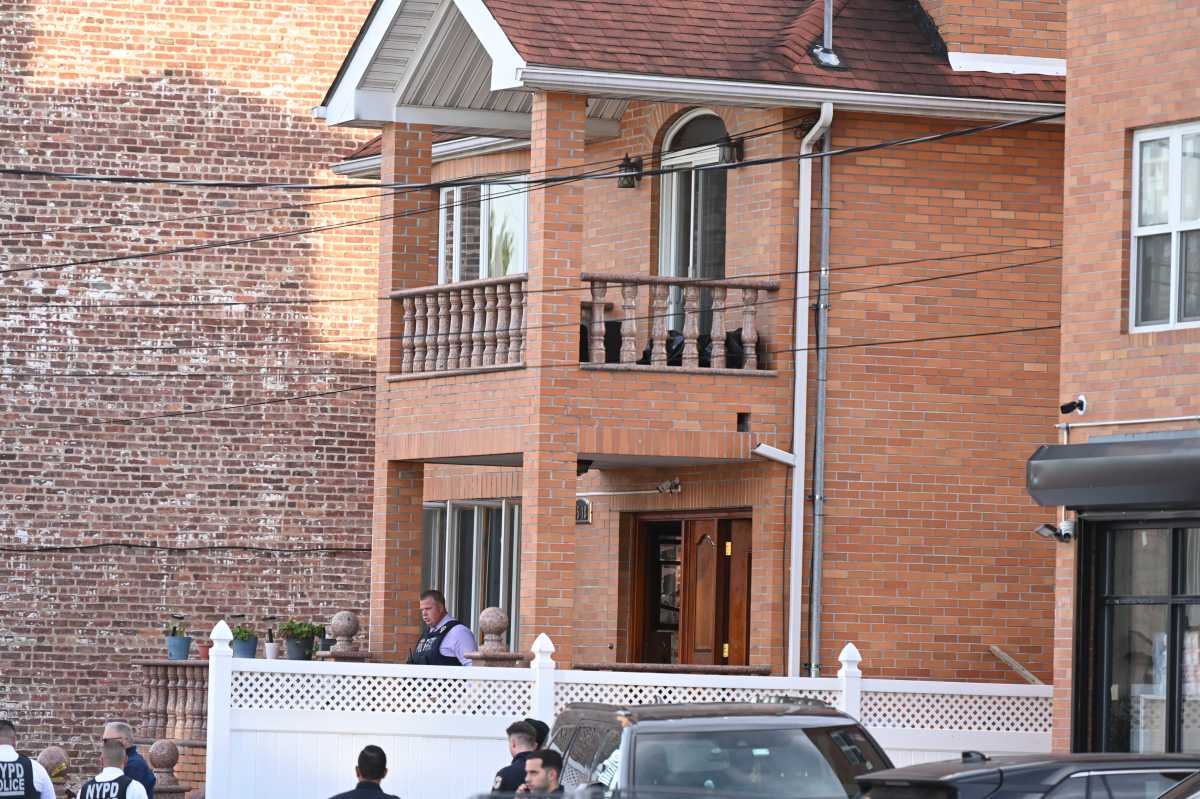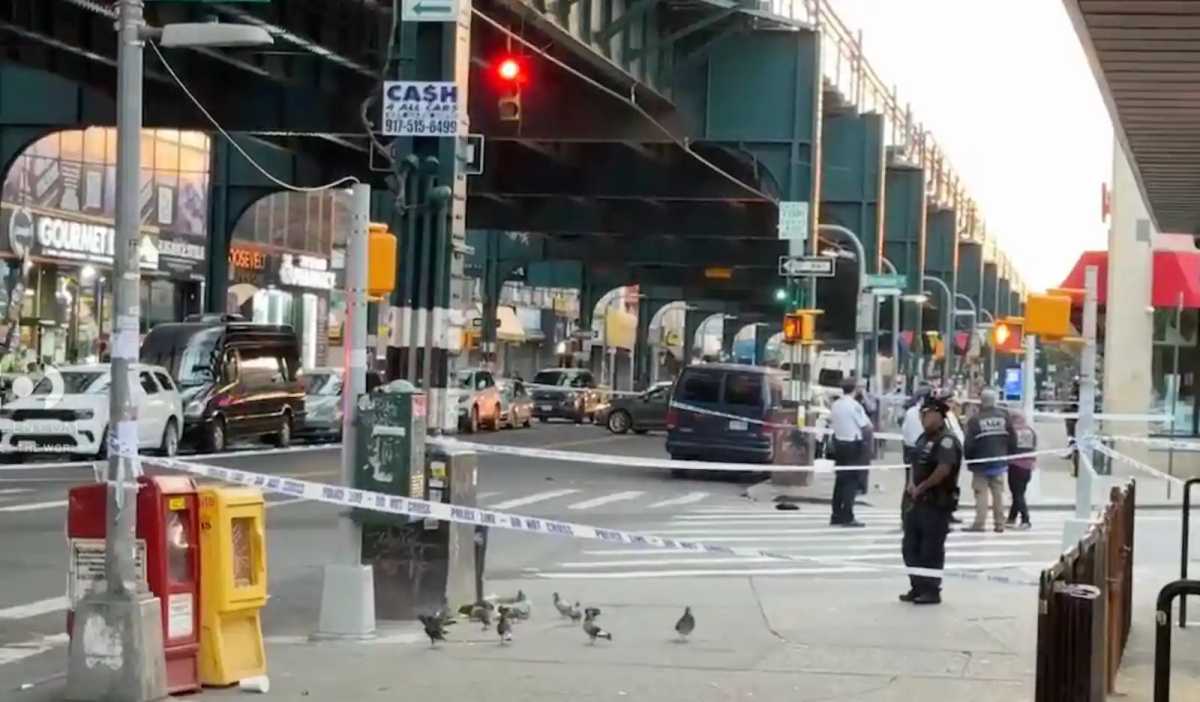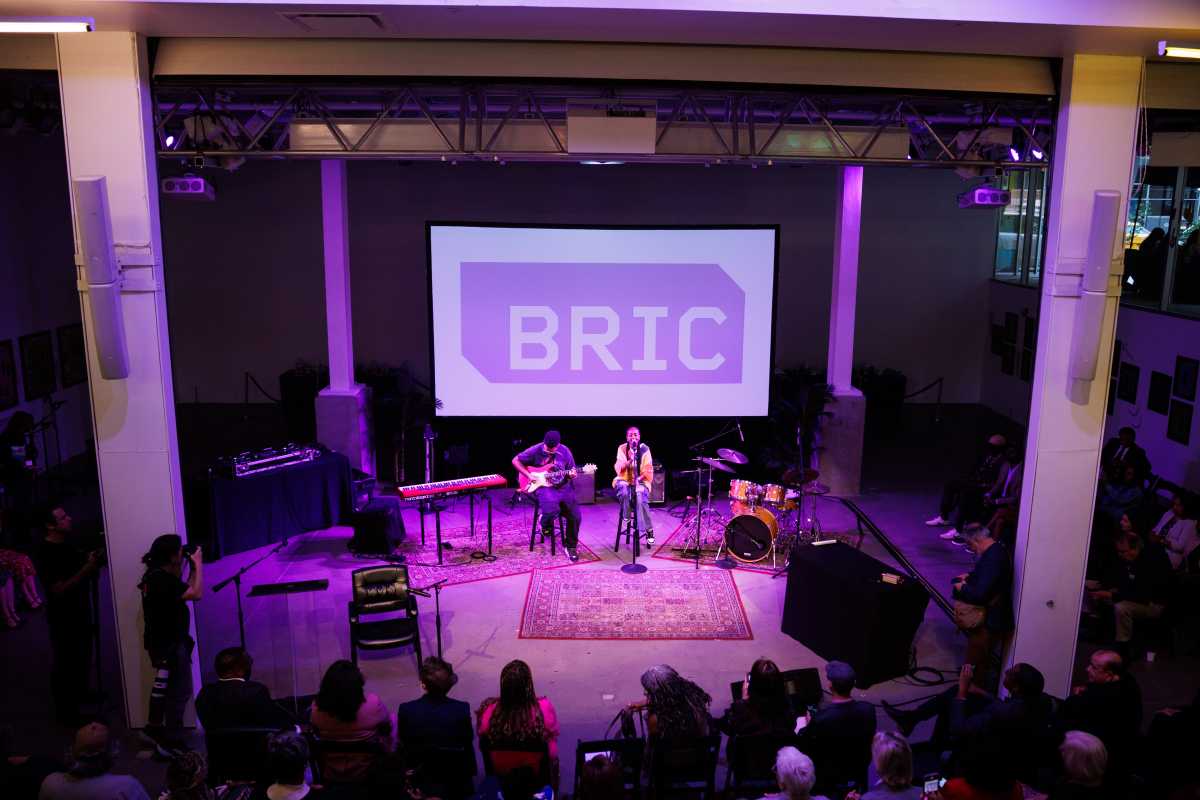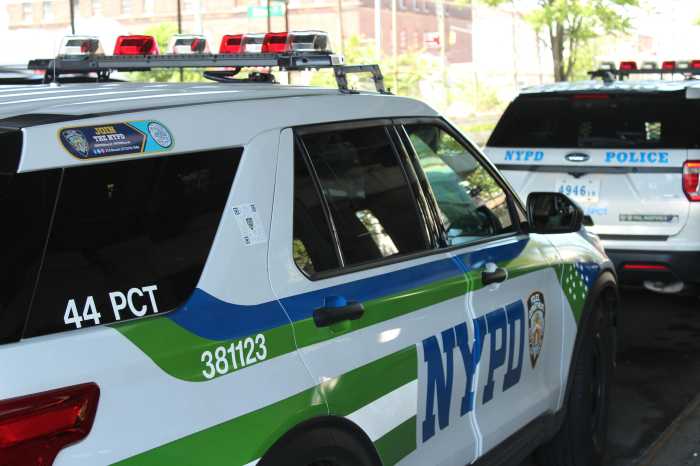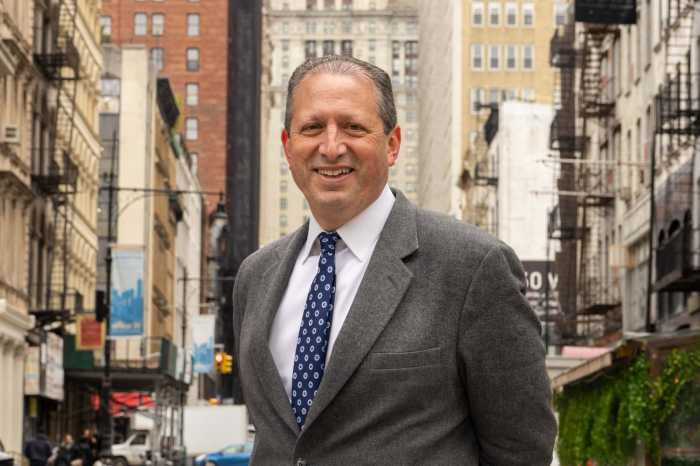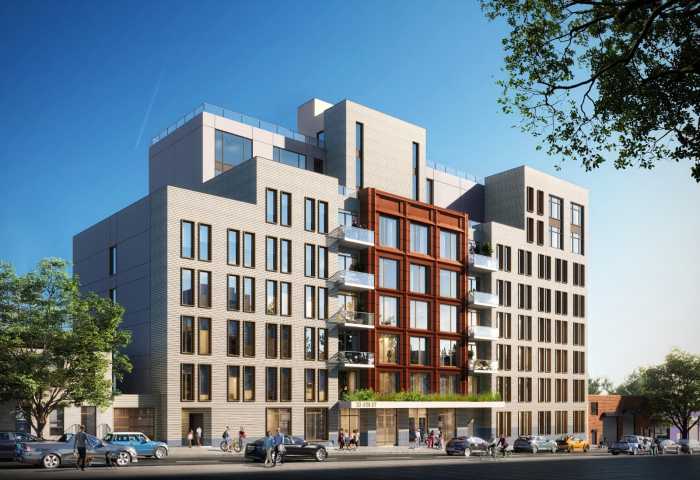Last week, the city’s Parks Department announced that it would permit e-bikes and e-scooters on roadways and paths throughout the more than 30,000 acres of land it controls across the five boroughs.
Parks Commissioner Iris Rodriguez-Rosa said that “allowing the same e-bikes and e-scooters that are allowed in city bike lanes on our park drives and greenways would make our city safer and more accommodating for pedestrians, cyclists, and e-mobility users alike.”
Neither the decision nor the reasoning, however, makes much sense, considering that in recent years, the Parks Department has moved to ban vehicular traffic on many streets running through its parks—such as Central Park’s East and West Drives and long stretches of Forest Park Drive in Queens—to protect pedestrians and bicyclists traveling along or near those same roadways.
Moreover, the city has been trying to better control e-bike and e-scooter traffic for years since the devices were legalized in 2020. The NYPD’s latest TrafficStat report notes that e-bike collisions are up over 11% from last year, increasing from 290 incidents to 323. In some instances, operators of e-scooters and e-bikes — which have maximum legal speeds of 20 and 25 mph, respectively — have seriously injured or killed people with whom they collided.
For example, a 39-year-old Queens man on a stand-up scooter was killed after a horrific motor vehicle collision on June 26. On May 17, a 58-year-old Bronx resident was killed when an e-scooter driver crashed into him as he attempted to cross a one-way residential street on Staten Island.
Mayor Eric Adams has moved to enact a new speed limit for e-bikes and e-scooters, and the NYPD is stepping up enforcement through its newly created Quality of Life Unit. Even so, more measures are needed to hold e-bike and e-scooter operators accountable — such as registration and insurance mandates — and protect New Yorkers.
In the absence of such increased accountability measures, it is preposterous for the city to permit e-bikes and e-scooters within public parks, putting parkgoers at risk of collision, injury and death.
The city is right to reduce car traffic in the parks because reckless drivers behind the wheel of vehicles weighing a ton pose a lethal threat to visitors. But a reckless e-bike or e-scooter operator also poses a lethal threat to the older man walking in the park, a child riding their bicycle, or a young mom out with her baby in a stroller.
When it comes to public safety, the city cannot go both ways. E-bikes and e-scooters have no place in the parks without major regulatory reform that designates areas of operation, limits speeds and keeps all operators and park visitors safe.



